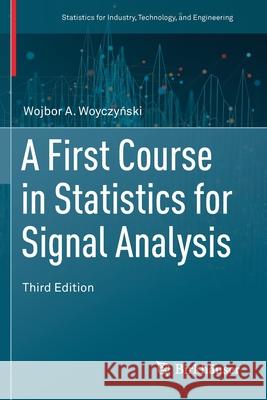A First Course in Statistics for Signal Analysis » książka
topmenu
A First Course in Statistics for Signal Analysis
ISBN-13: 9783030209100 / Angielski / Miękka / 2020 / 332 str.
A First Course in Statistics for Signal Analysis
ISBN-13: 9783030209100 / Angielski / Miękka / 2020 / 332 str.
cena 254,06 zł
(netto: 241,96 VAT: 5%)
Najniższa cena z 30 dni: 250,57 zł
(netto: 241,96 VAT: 5%)
Najniższa cena z 30 dni: 250,57 zł
Termin realizacji zamówienia:
ok. 20 dni roboczych.
ok. 20 dni roboczych.
Darmowa dostawa!
Kategorie:
Kategorie BISAC:
Wydawca:
Birkhauser
Seria wydawnicza:
Język:
Angielski
ISBN-13:
9783030209100
Rok wydania:
2020
Wydanie:
2019
Numer serii:
000908797
Ilość stron:
332
Waga:
0.49 kg
Wymiary:
23.39 x 15.6 x 1.85
Oprawa:
Miękka
Wolumenów:
01
Dodatkowe informacje:
Bibliografia
Wydanie ilustrowane
Wydanie ilustrowane











